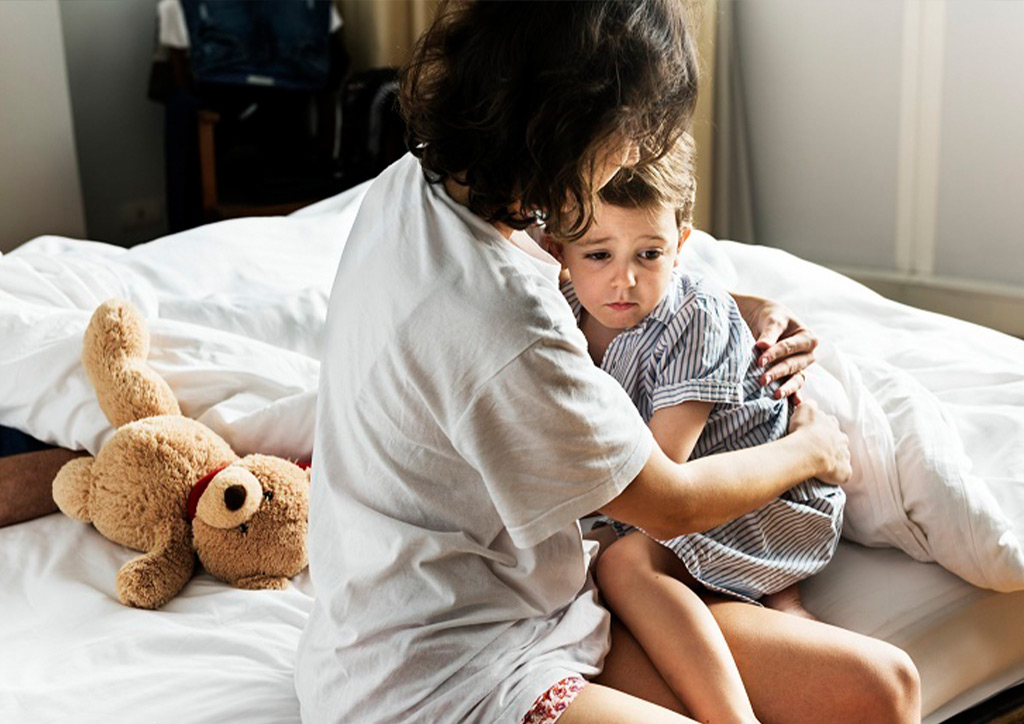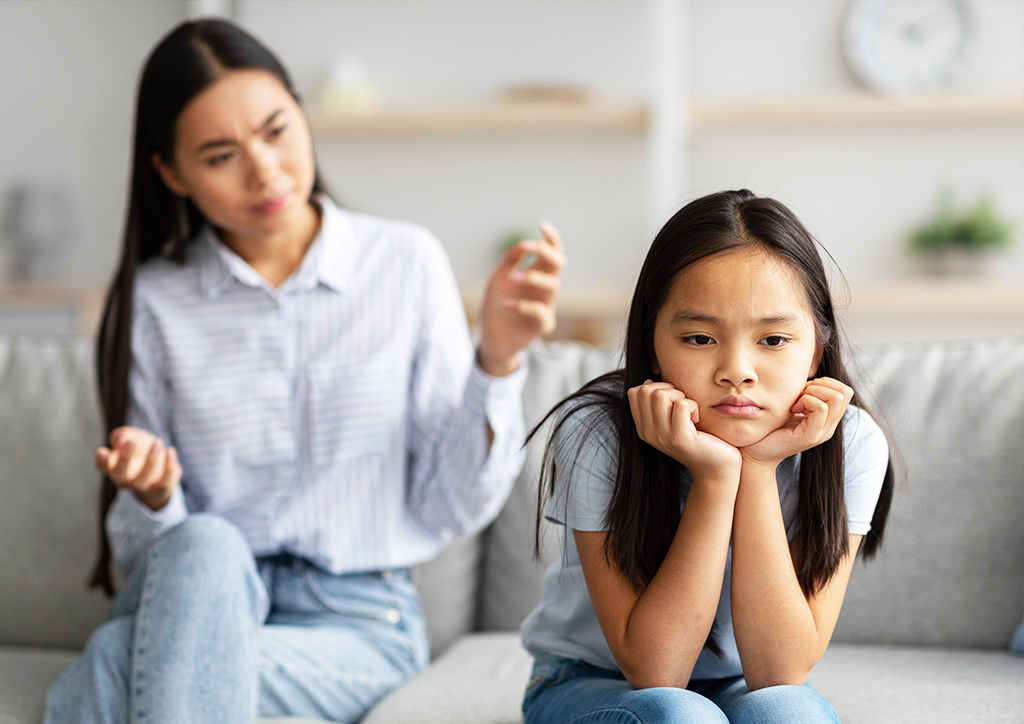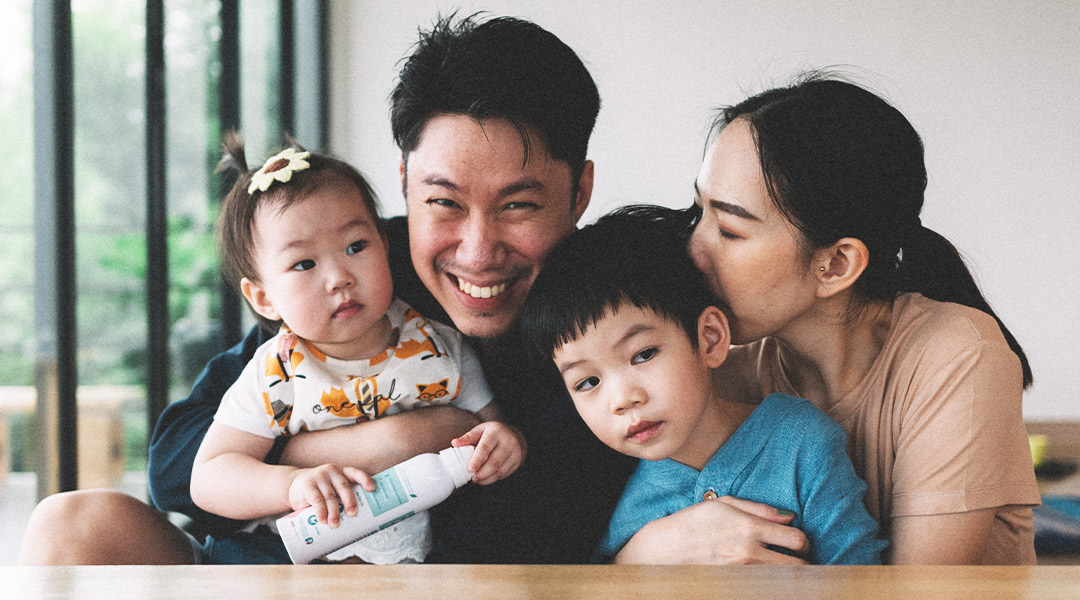Parents Can Build A Secure Attachment Style With Their Kids In These Ways
The secure attachment style is what all moms and dads want for their babies. This is how to go around it.
Babies can be quite clingy especially when they’re still being breastfed. But there will be times moms can’t respond right away which some new moms fear will traumatize their babies. Fortunately, there is still a way to obtain the ever-desired secure attachment style. But first, we have to figure out what an attachment style is and how it affects our babies in the long run.
What’s an attachment style?
The idea that babies have an attachment style came from psychoanalyst John Bowlby. He states that there’s a particular bond that babies need that will be held ‘above all else’. Usually, it’s with the mom but he didn’t state that it was necessarily her. The attachment style will then be based on how well the caregiver addresses the emotional needs even when not stated. It’s not necessarily based on how fast but how accurate the readings and responses are from the parents.
If done right then, moms can well be on their way to secure attachment style.

What are the types?
When there’s a secure attachment style, there are also three insecure attachment styles: anxious, avoidant, and dismissive.
Anxious Style
The usual cause for this kind of attachment is misattunement or inconsistent parenting, according to Bowlby. But for a better picture, sometimes, it can be how we overreact and panic over things or don’t respond to them at all. While it’s perfectly natural to feel anxious, our response is what our baby will record. Overprotectiveness and being a helicopter parent can cause this kind of style. For example, making remarks like, “They can’t do that! They have two left feet!”
Unfortunately, those kinds of statements can really stick with kids especially because parents are the source of their inner voice. This kind of statement also makes kids place a mental block in their minds that they’ll be awful at a lot of mechanical things such as dancing and even running.

Avoidant Style
Usually shown via rejecting a baby’s need for soothing or emotional warmth. It can also be shown how some reject any expression of emotions. This gives the baby an idea that they can’t trust them. While some of us are just so frustrated and want them to stop crying, rejecting them, or scolding them for their tears, unfortunately, impacts them a lot more negatively than it looks.
Phrases like, “Stop crying already! It’s nothing!” or “Shut up!” or in Tagalog, “Sige, iyak ka pa!” (usually accompanied with some expletives), “Tahimik ka nga, wala kang alam!“, “Ang iyakin mo talaga!“, or the ever-famous “Ang OA mo!” — those harsh slaps leave deeper emotional scars than one would think. It literally sends this message, “Nobody cares what you feel!”

Disorganized Style
This usually happens when there’s abuse and power play. Be it physical, verbal, or emotional, this makes babies and kids think that their caregiver is a threat and dangerous. They become scared of them instead. While some make passive jokes about being whacked with a belt, hanger, or slipper for a minor thing, it eventually shows up in how one raises his or her kids. Sometimes, even their words can mismatch. For example, the timing of ‘You know I love you, right?’ after a loud yelling and sermon can cause kids to think, “Wait, do they love me or do they hate me? I’m confused!”
It also teaches them that ‘rage and violence is an expression of love’ which, we all know is a very silly notion.

Secure Attachment Style
The secure attachment style is what every parent aspires for. It means knowing your babies’ or kids’ needs even without them verbalizing it. However, it doesn’t always have to be 100% attunement. We can’t read minds. But it does help to get it 90% of the time. Even more so that if we misread the situation, it’s good to apologize and ask how we can do it better. We’re not God. We don’t need to be perfect right away. We just need to do it right.
If they have tantrums, instead of asking them why, check the area first. Being out of the situation means we have a bird’s eye view of what happened so it’s easier for us to respond to them. Fight back the urge to console them right away and ask them why. Focus on finding the little clues that can tell you a story of what happened. It skips the rhetoric of asking, “Why? What happened?” and keeps it to simple “Yes” and “No” answers—since that’s all kids are capable of when their emotions are on a high.
Does it show when they grow older?
It does! Kids with secure attachment styles are aware of boundaries and also are more eloquent with what they need from people. Anxious ones develop clinginess and are unable to make decisions for themselves. Avoidant ones are those who shut out people especially when they see how close they’re getting. Disorganized ones usually suffer mental disorders and sometimes, even become abusers themselves in a relationship.

The Secure Attachment can still be achieved
Even when our kids grow older, our attachment style can still change. However, there will be times a professional may need to step into the picture. Or, someone from a support group. But there’s nothing to be ashamed about! In fact, having a professional stepping in can also create a safe zone for you to speak to your inner child so that you can be better attuned to your child to become the parent they need.
More stuff about parenting? Here are some!
What is a Helicopter Parent and How Not To Be One
Gaslighting: What It is and How Parents Can Avoid It
How Utang ng Loob Made Filipino Families Toxic









